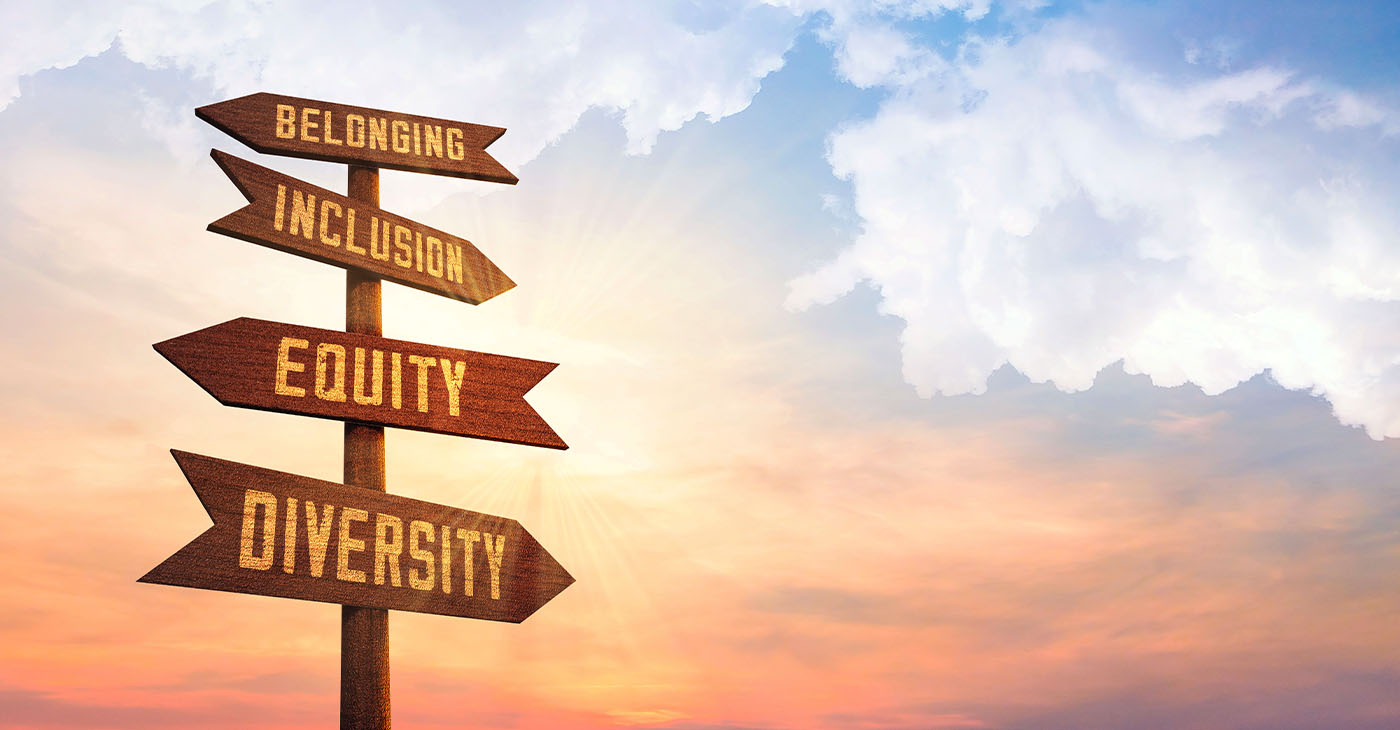
As DEI programs have become more widespread, a gap has emerged between the rhetoric of inclusivity and the reality of persistent inequalities and biases in the workplace. (Photo: iStockphoto / NNPA)
Diversity, Equity, and Inclusion (DEI) efforts have become popularized within corporate and organizational structures worldwide, aiming to create workplaces that reflect the diverse society we live in. However, despite the best intentions, traditional DEI initiatives often fall short, becoming more about performative gestures than fostering real change. This article delves into why the old model of DEI is considered “dead” and how the new DEI, guided by Justice, Equity, Diversity, and Inclusion (J.E.D.I.) principles, can lead to authentic transformation.
The Historical Context of DEI
It can be argued that the very foundation of this country is based on the pursuit of justice, opportunity, freedom, and participation – from the European pilgrims who vacated England seeking these values to the abolitionists who in the 1800’s fought to abolish slavery to Lincoln’s Emancipation Proclamation, to the founding of the first Historically Black Colleges and Universities, to the labor unions who sought to improve working conditions during the Industrial Revolution, to the opening of Ellis Island to accept millions of immigrants into the country, to the women’s suffrage movement, to Franklin Roosevelt’s New Deal. The ideals of diversity, equity, and inclusion are the red thread running through each of these efforts and more.
The formal conception of DEI, however, originated in the 1960s, during the civil rights movement in the United States. It was a period marked by significant societal upheaval, with activists fighting for equal rights for African Americans and other marginalized communities. This movement laid the groundwork for the first DEI initiatives, which were primarily focused on racial and gender equality in the workplace.
Over the decades, DEI efforts expanded to include a broader range of identities, including sexual orientation, disability, age, and more. The goal was to create environments where all individuals, regardless of their background, could thrive. However, as DEI programs became more widespread, a gap emerged between the rhetoric of inclusivity and the reality of persistent inequalities and biases in the workplace.
Performative DEI and Allyship: The Problem
Performative DEI refers to actions that organizations take to appear inclusive without implementing meaningful change. This can include public statements of solidarity, diversity training sessions that fail to address systemic issues, or hiring a handful of diverse employees without fostering an inclusive culture that supports their growth and success. Similarly, performative allyship occurs when individuals or entities express support for marginalized groups in ways that are more about self-congratulation than about effecting real change.
These practices are problematic because they maintain the status quo, allowing organizations to check the DEI box without challenging the deeper systemic injustices that hinder true equity and inclusion. Omar L. Harris argues that for DEI efforts to be genuine, they must move beyond surface-level gestures and tackle the root causes of inequality.
The J.E.D.I. Approach: A Path Forward
- Justice: ensuring fairness and consistency.
- Equity: providing opportunity for fuller participation.
- Diversity: transforming difference into innovation.
- Inclusion: being engagement-and productivity -focused.
By adopting the J.E.D.I. framework, organizations can move from performative DEI to creating spaces where justice, equity, diversity, and inclusion are not just aspirational goals but lived realities.
Implementing the New DEI
The transition to the new DEI requires a commitment to ongoing self-reflection, learning, and action at both the individual and organizational levels. It involves critically examining existing policies and practices to identify areas where injustices may be perpetuated and working collaboratively to develop solutions. Leaders play a crucial role in this process by modeling inclusive behaviors, holding themselves and others accountable, and prioritizing equity in decision-making.
Moreover, genuine DEI initiatives must be integrated into every aspect of an organization’s operations, from recruitment and retention to product development and customer service. This holistic approach ensures that DEI is not an isolated effort but a fundamental aspect of how the organization functions.
The call to move beyond performative DEI and allyship is a call to action for all who are committed to creating genuinely inclusive and equitable societies. By embracing the principles of J.E.D.I. leadership, organizations can contribute to meaningful change, moving closer to a world where diversity is celebrated, equity is achieved, and inclusion is the norm. The old DEI may be “dead,” but in its place, a more powerful, justice-oriented approach is emerging, offering hope for a truly inclusive future.
https://blackpressusa.com/op-ed-the-future-of-diversity-equity-and-inclusion/?utm_source=BlackPressUSA-Sign-up&utm_campaign=2937407335-RSS_EMAIL_CAMPAIGN&utm_medium=email&utm_term=0_9f743ecd45-2937407335-82577889&ct=t(RSS_EMAIL_CAMPAIGN)


Be the first to comment